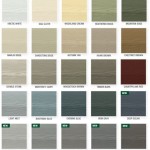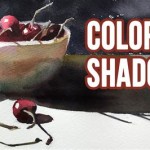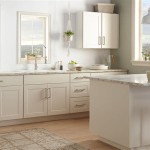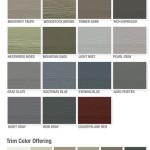Paint Color Mix Chart: A Comprehensive Guide for Beginners and DIY Enthusiasts
Mastering the art of color mixing is essential for any aspiring artist or interior designer. Whether you're embarking on a painting project or redecorating your home, understanding the basics of paint color mixing will empower you to create the perfect color palette for your needs.
The Power of the Color Wheel
The color wheel is an indispensable tool for understanding color theory. It arranges colors based on their hue, saturation, and value. The primary colors (red, yellow, and blue) are at the center of the wheel, while the secondary colors (orange, green, and purple) are created by mixing the primaries. The tertiary colors are formed by mixing a primary color with a secondary color (e.g., red-orange, yellow-green).
Mixing Hues
To mix a new hue, start by selecting the two colors you want to combine. Use a small paintbrush to dip into each color and mix them on a palette. Experiment with different ratios to achieve the desired hue. For example, adding more green to yellow will create a lime green shade.
Adjusting Saturation
Saturation refers to the intensity of a color. To increase the saturation, add more of the pure color. To decrease the saturation, add white or black. For example, mixing white with red will create a pink shade.
Controlling Value
Value refers to the lightness or darkness of a color. To lighten a color, add white. To darken a color, add black. The amount of white or black you add will determine the final value of the color. For example, adding white to blue will create a light blue shade.
Complementary Colors
Complementary colors are colors that are opposite each other on the color wheel. When mixed, they create a high-contrast effect. For example, mixing red and green will create a vibrant shade.
Split-Complementary Colors
Split-complementary colors are colors that are two spaces apart on the color wheel. They create a less contrasting effect than complementary colors. For example, mixing red, blue, and yellow-green will create a harmonious color scheme.
Triadic Colors
Triadic colors are three colors that are evenly spaced on the color wheel. They create a balanced and cohesive color scheme. For example, mixing red, yellow, and blue will create a vibrant primary color scheme.
Analogous Colors
Analogous colors are colors that are adjacent to each other on the color wheel. They create a subtle and monochromatic effect. For example, mixing green, yellow-green, and blue-green will create a calming and serene color scheme.
Mastering the paint color mix chart is a valuable skill that will unlock your potential to create stunning color combinations. Whether you're an artist, interior designer, or simply a DIY enthusiast, understanding the principles of color mixing will elevate your designs and bring your creative vision to life.

40 Practically Useful Color Mixing Charts Bored Art Chart Paint Colors

Natural Earth Paint Color Mixing Chart

3 Color Mixing Combination Charts In 2024 Chart Acrylic Paint

Richard Schmid S Color Chart Exercise For Oil Paints Saved My Art Career

Free Mixing Paint Colours Guide Fas Fine Art Supplies Ltd

How To Make A Color Mixing Chart Guide For Artists

Primary Colours And Secondary Chart Mixing

How To Paint An Acrylic Color Mixing Chart Ehow

Color Mixing Guide Chart Acrylic
Guide To Watercolor Mixing Charts Plus Free Color Chart Printables Scratchmade Journal
Related Posts








